Nội Dung Chính
- S LANGUAGE FOCUS REFERENCE • STARTER UNIT
- 1 LANGUAGE FOCUS REFERENCE • UNIT 1
- 2 LANGUAGE FOCUS REFERENCE • UNIT 2
- 3 LANGUAGE FOCUS REFERENCE • UNIT 3
- 4 LANGUAGE FOCUS REFERENCE • UNIT 4
- 5 LANGUAGE FOCUS REFERENCE • UNIT 5
- 6 LANGUAGE FOCUS REFERENCE • UNIT 6
- 7 LANGUAGE FOCUS REFERENCE • UNIT 7
- 8 LANGUAGE FOCUS REFERENCE • UNIT 8
(Page 98)
S LANGUAGE FOCUS REFERENCE • STARTER UNIT |
| Time expressions Usage We use at for times of the clock and to talk about the weekend and night. at (about) seven o'clock at the weekend/ at night We use on with days of the week and with plurals for repeated actions. School starts on Thursday. On Mondays, I go to college. We use in to talk about a part of the day. in the morning No preposition is used before once or every. once or twice a day / every Saturday Present simple and present continuous Usage We use the present continuous to talk about actions happening now or to talk about the immediate future. He's staring out of the window now. I'm having lunch with Tim today. We use the present simple to talk about routines or repeated actions. She eats fruit every morning. Note that there are some verbs (stative verbs) which we don't normally use in the continuous form because they describe states which are true, not actions in progress. These include: believe, belong, hate, imagine, know, like, love and want. I love your new MP3 player. We also use the present simple to indicate a fixed future event as a schedule, a timetable. The conference on pollution starts at 14.00 next Monday. The next flight to Greece is at 5 p.m. tomorrow. Past simple
Regular verbs For most regular verbs, we add -ed. film→ filmed For regular verbs that end in -e, we add -d. smile → smiled | For regular verbs ending in a consonant preceded by a vowel, we double the consonant before adding -ed. travel → travelled For regular verbs that end in -y preceded by a consonant, we delete the -y and add -ied. study → studied Irregular verbs There are no rules for the formation of irregular verbs. You have to learn the form whenever you learn a new verb. See the list of irregular verbs on page 107. Usage We use the past simple (regular and irregular verbs) to describe or ask about a completed past action. We saw the film yesterday. Did you like it? We use the past simple if we know when an action happened. We saw the film on Wednesday. We didn't see it on Thursday. Object and subject questions In object questions, the question word (What, Who, etc.) refers to the person or thing that receives the action or is the object of the verb. What did you drink? I drank apple juice. Where did you go? I went to the museum. We form object questions with an auxiliary verb and a main verb in the infinitive.
In subject questions, the question word (What, Who, etc.) refers to the person or thing that does the action or is the subject of the verb. Who phoned you? Carl phoned me. What caused the accident? The icy weather caused it. We form subject questions with a question word and a main verb. The structure is the same as in an affirmative sentence. We don't use auxiliary verbs in subject questions.
|
(Page 99)
1 LANGUAGE FOCUS REFERENCE • UNIT 1 |
| used to
Usage We use used to + infinitive when we talk about a habit or state in the past which is different now. My aunt used to work in an office. She didn't use to have long hair. Past continuous
Usage We use the past continuous to talk about actions in progress in the past. They were filming for three weeks.
| Past simple and past continuous Usage We use the past simple to talk about a finished action in the past. I went to a concert last Friday. We use the past continuous to talk about an action in progress in the past. What were you doing at nine o'clock? I was watching a sports programme. We use the past continuous and the past simple together when one action interrupts another. We use the past continuous to talk about the longer action and the past simple for the shorter action that interrupts it. We usually use while with the past continuous and when with the past simple. While I was watching the new quiz show, my sister turned off the TV. I was studying when the phone rang.
|
(Page 100)
2 LANGUAGE FOCUS REFERENCE • UNIT 2 |
| Present perfect: affirmative and negative
In affirmative sentences, we usually use the short forms ('ve /'s) after a subject pronoun when we are speaking. We use the full forms (have / has) in formal texts. We usually use the short forms (haven't/hasn't) in the negative for both spoken and written language. We use the full forms (have not / has not) in formal texts. Don't confuse the short form of has ('s) with the short form of is (also 's). Usage We use the present perfect to talk about experiences that we have had or not had at some time in the past. I've created a website. I haven't visited that museum. We never use the present perfect to talk about an event that happened at a specific time in the past. We use it when the time of the event is not important or not known. for and since We use for with the present perfect or the past simple. With the present perfect, for describes the duration of an action or event which started in the past and continues into the present. It is followed by a period of time: for three months, for five days, etc. She's worked here for six years. (And she still works here.) He worked here for three years. (But he doesn't work here now.) We use since with the present perfect and it tells us when an action started. It is followed by a point in time: since 2014, since May, etc. She's lived in this town since 2014. | Present perfect: questions
Usage We use the present perfect to ask about past experiences. We sometimes use ever in questions to mean 'at any time in our life until this moment'. Have you ever played an online game? Present perfect and past simple The past simple is used to talk about an action or a period of time in the past which is finished. We watched that new music video this afternoon. (It is now evening.) He played basketball at two o'clock. (He isn't playing basketball now.) The present perfect is used to describe events which started in the past and continue in the present. We've had this car for three years. (And we've still got it.) You've studied at this school since 2014. (And you're still studying here.) Different time expressions are used with each form. The past simple uses expressions which pinpoint specific moments in the past: yesterday, last night, last week, last year, at six o'clock, etc. The present perfect uses expressions which describe the point at which an action started or a period of time: this month, since 2014, for years, etc. Intensifiers Usage We can use intensifying adverbs with adjectives to make our English more interesting. We use very with normal adjectives and absolutely with extreme adjectives. We use really with both normal and extreme adjectives. very loud ✓ really loud ✓ absolutely loud X very amazing X really amazing✓ absolutely amazing✓ | ||||||||||||||||||||||||
(Page 101)
3 LANGUAGE FOCUS REFERENCE • UNIT 3 |
| Present perfect simple and present perfect continuous Usage We use the present perfect simple to talk about an action that is finished. I've read a good book. (= I've finished it.) We use the present perfect continuous to talk about an action that finished very recently or might continue. I've been reading a good book. (= I haven't finished it and I'll continue reading it.) We only use stative verbs with the simple form. These include: believe, belong, own, have (= possess), hate, imagine, know, like, love, prefer, remember, understand, want, etc. I've wanted a dog for years. Present perfect simple + just Usage We often use just with the present perfect simple. We use it to reinforce the idea that an action has only been completed very recently. We use it in affirmative sentences and it goes between the auxiliary has / have and the past participle. They've just won the game. We've just met that film star. Present perfect simple + still, yet and already Usage We use still, yet and already with the present perfect simple. We use still and yet to reinforce the idea that something hasn't changed. It is used in negative sentences and it goes before has / have. It's very late, but you still haven't done your homework. I still haven't bought that new game. We use yet at the end of the sentence. I haven't finished my homework yet. We use yet in questions to ask if someone has done something. It goes at the end of the sentence. Have you finished your homework yet? We use already in affirmative sentences to emphasize that someone has done something. It goes between the auxiliary has / have and the past participle. I've already finished my homework. Beth has already won the race. | Relative clauses
Usage We use relative pronouns to show which person, object or place we are talking about. They introduce new information. Without this information, the sentence wouldn't be complete. We use the relative pronoun who to show which person we are referring to. That's the woman who helped me with my heavy bag at the airport. He's the student who was very good at windsurfing. You're the person who I met on the train. We use the relative pronoun which to show which object we are referring to. This is the ice cream which we tried on holiday last summer. Have you seen the blue T-shirt which I always wear to the beach? That's the interesting travel programme which you enjoy watching. We use the relative pronoun where to show which place we are referring to. Here's the Italian restaurant where we had that delicious pasta. This is the place where you can go climbing. That's the new stadium where my favourite football team plays.
|
(Page 102)
4 LANGUAGE FOCUS REFERENCE • UNIT 4 |
| Quantifiers
too many/too much = more than necessary enough the necessary quantity not enough not the necessary quantity a lot of = a large amount or number of something a little = not much, but enough a few = not many, but enough Usage We use too before adjectives. The novel is too long. We use too many before plural countable nouns. There are too many films in the competition. We use too much before uncountable nouns. There was too much violence in the film. We use (not) enough after adjectives. Lily's story isn't interesting enough. We use (not) enough before uncountable and plural countable nouns. Millions of children don't have enough food. The film received enough awards. We use a lot of with both uncountable and plural countable nouns. There's a lot of information on this website. There are a lot of people at this party. We use a little with uncountable nouns and a few with plural countable nouns in affirmative sentences. I like a little sugar in my coffee. I always have a few books in my school bag. | Question tags We use question tags to check information. In the question tag, we use a positive verb for negative sentences. You aren't the new student, are you? We use a negative verb for affirmative sentences. You're the new student, aren't you? We use the same auxiliary verb as in the sentence. We can recycle this paper, can't we? She can't speak German, can she? We use a form of do when there is no auxiliary verb in the sentence. He likes Indian food, doesn't he? We use modal verbs when there is a modal in the statement. We should practise for the show, shouldn't we? Clauses of purpose We show purpose or explain 'why' using these expressions: to + infinitive, in order to + infinitive, so that, and in case. You can use it to take photos. He called in order to invite me to his party. We saved money so that we could get married. I always take my umbrella in case I need it.
|
(Page 103)
5 LANGUAGE FOCUS REFERENCE • UNIT 5 |
| First conditional with if and unless We form the first conditional with if + present simple, + will / won't + infinitive without to. We normally use contracted forms. When the if clause is second, we don't need a comma. Sometimes we use unless instead of if ... not. If I need help, I'll call you. I'll call you if I need help. Usage We use the first conditional when we predict the result of a likely or possible situation in the future. We introduce the situation with if or unless + present simple. We use it to talk about the probable results of actions. If she misses the bus, she'll be late for school. You won't pass your exams unless you study hard. might vs. will We use will and might with the infinitive of the verb without to. We'll join the protest next week. I might bring Anna. The negative is formed by putting not after will or might. We usually contract will not to won't. We don't usually contract might not. I won't be at the meeting tomorrow. Jake might not come because he's ill. Usage We use will and won't for situations we are certain will be true in the future. I'll meet you outside school. We use might and might not for future situations that are possible but not definite. It might be hot at the weekend. will and be going to We use be going to to talk about definite plans and intentions. I'm going to meet my friend at the concert. We're going to sit near the front. We use will for general predictions. I think the concert will be exciting. | Future continuous Affirmative Tomorrow at this time I'll be flying to Australia. Negative They won't be waiting for me at home. Questions Will you be staying with your uncle in Athens? Usage We use the future continuous to describe an activity or event which we think will be in progress at a particular time in the future. They'll be waiting for me at the airport. We don't use continuous tenses with stative verbs such as be. to-infinitive to express purposes We use to-infinitive to express the purpose of an action, i.e. to say why or for what purpose an action is done. To speak good English, they apply for a speaking course in the Philippines. You must be good at English to be a global citizen.
|
(Page 104)
6 LANGUAGE FOCUS REFERENCE • UNIT 6 |
| can, could, be able to Can, could and be able to have the same form for all subject pronouns. Can and could are used with the infinitive of the verb without to. I/He/They can/ could/will be able to speak French. Usage We use can, could, was / were able to and will be able to to talk about ability in the past, present or future. Past: I couldn't swim when I was very young. Was he able to speak three languages by the time he was five? Present: I can speak English because I'm from the UK. Future: I won't be able to go cycling because I've lost my bike. have to/need to/must/should Must and should each have only one form. They do not change with different subjects. Roger must be careful with the knife. Roger musts be careful with the knife. She should take a sleeping bag. She shoulds take a sleeping bag. We use must/should + infinitive without to. You must listen now. They should sit here. You must to listen now. They should to sit here. The negative forms of must and should are must not and should not. However, in spoken and informal written English, we use the short forms mustn't and shouldn't. As with must and should, the main verb takes the infinitive without to. We mustn't touch this. We mustn't to touch this. You shouldn't drink that. You shouldn't to drink that. | Usage We use should and its negative form shouldn't to give advice or say something is a good or bad idea. Lauren should be more hard-working. We shouldn't make a lot of noise. We use must and have to to talk about a strong obligation- to say something is essential or a rule. I must be fit to go on the adventure trip. We often use must to talk about something that the speaker decides is necessary. You must do your homework now. We often use have to when other circumstances make something necessary. I have to go to the library because I need some books. We use don't have to to talk about something that it is not necessary to do. We don't have to clean the house because it is already clean. The opposite of must and have to is mustn't. We use mustn't to talk about something that is prohibited. Don't have to is NOT the opposite of must and have to. You mustn't be late. I mustn't leave the camp after dark. We use need to when we are talking about a necessity. We need to be quiet. Jeff needs to study more. Ordering information Usage We use these discourse markers to mark the points we want to make in a speech or piece of writing. Firstly, ... Secondly.... Lastly, / Finally.... |
(Page 105)
7 LANGUAGE FOCUS REFERENCE • UNIT 7 |
| Reported speech We put reported speech (indirect speech) in a noun clause beginning with that. The doctors told me that I had to rest for 3 months. After a reporting verb in the past simple, we usually change present modals to past modals, and present tenses to past tenses. Some scientists said that honey could prevent the growth of bacteria. The team said that people in need still had access to food and resources. Usage We use reported speech to report the meaning of what was said. The dentist said that his tooth needed filling. The second conditional We form the second conditional with if + past simple, +would/wouldn't + a verb without to. We normally use the contracted forms. As with the first conditional, the if clause can come in the second half of the sentence, but we don't use a comma. I'd be on time if I got up earlier. We form information questions with the question word at the beginning of the would clause. What files would you share if you were online? If you were online, what files would you share? Usage We use the second conditional to talk about the possible result of an unlikely situation. If I had €200, I would buy a mobile phone. (I haven't got €200, so I won't be able to buy a mobile phone.) | References and pronouns We can use references and pronouns to avoid repetition when we speak or write. The most common pronouns are subject and object pronouns. Subject pronouns refer to the subject of a sentence. Object pronouns refer to the object and come after verbs and prepositions. Kenan saw the thieves. → He saw them. The thieves didn' see Kenan.→ They didn' see him. We also use the demonstrative pronouns this (singular) and these (plural) to refer to things. The government has created a plan to reduce cybercrime and people consider this to be a good idea. The criminals sold phones but these were stolen.
|
(Page 106)
8 LANGUAGE FOCUS REFERENCE • UNIT 8 |
| Present and past passive: affirmative and negative Present passive
We form the present passive affirmative with the subject + present simple of be + past participle. We form the present passive negative with the subject + present simple of be+not+ past participle.
Past passive We form the past passive affirmative with the subject + past simple of be + past participle. We form the past passive negative with the subject + past simple of be+not+ past participle. Usage We use the passive to talk about what happens to the subject of the sentence. Passive sentences emphasize the action. The action is more important than the person who does the action. They're invited to concerts. The TV programme was made in Italy. Active to passive The object of an active sentence becomes the subject of a passive sentence. People paint these pictures in China. →These pictures are painted in China. Jane invited Pippa to the new restaurant. → Pippa was invited to the new restaurant.
| In a passive sentence, we don't often say who carried out the action. When we do, we use by. Pippa was invited by Jane. Present and past passive: questions Present passive
We form present passive questions with the present simple of be + subject + past participle. Past passive
We form past passive questions with the past simple of be + subject + past participle.
| ||||||||||||||||||||||||||||||||||||||||||||||||||||||
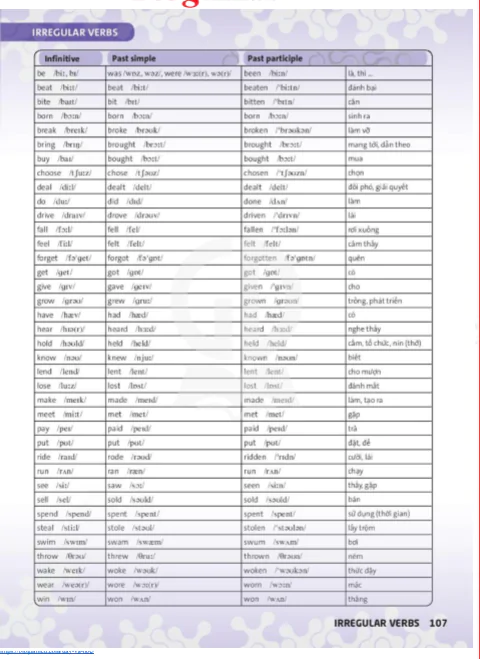
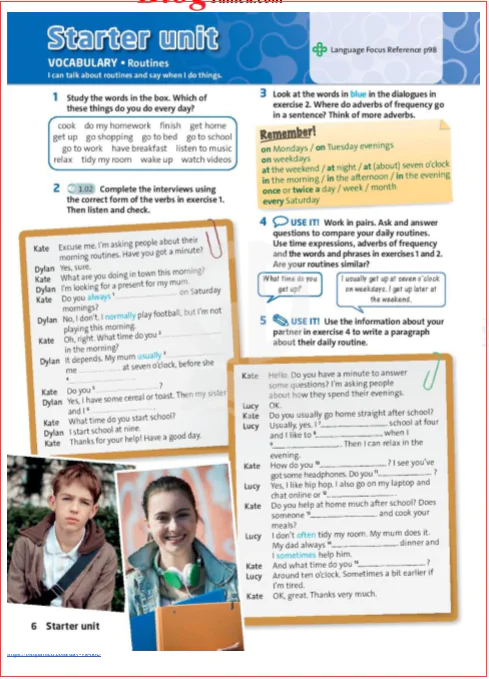
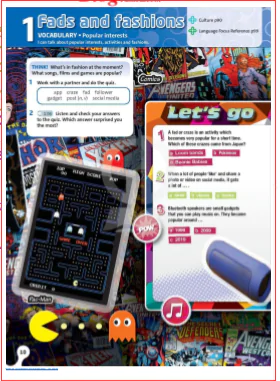
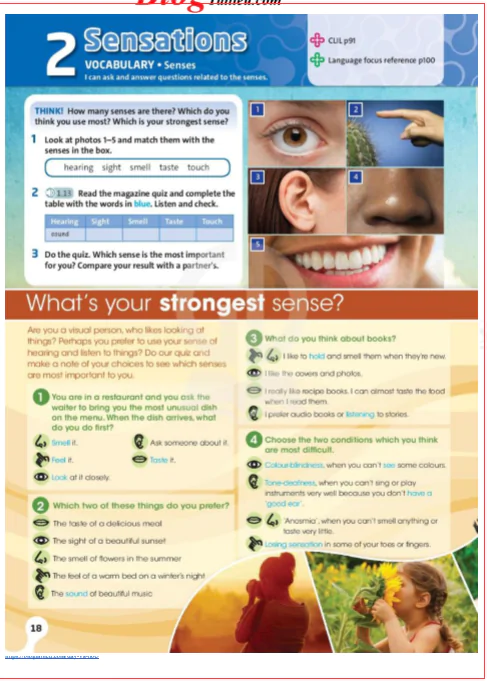
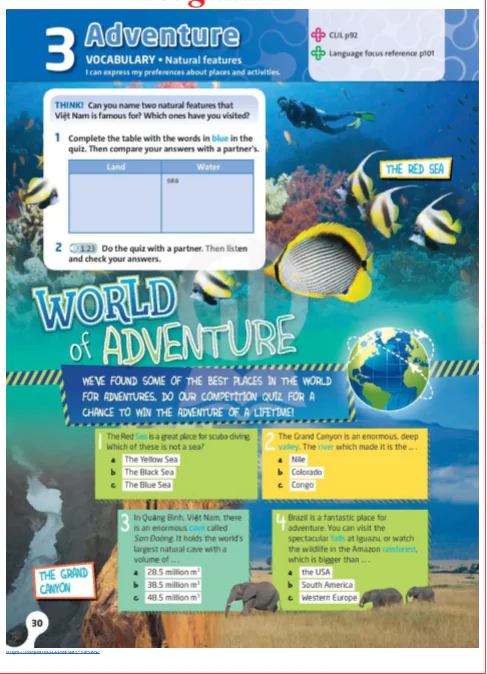
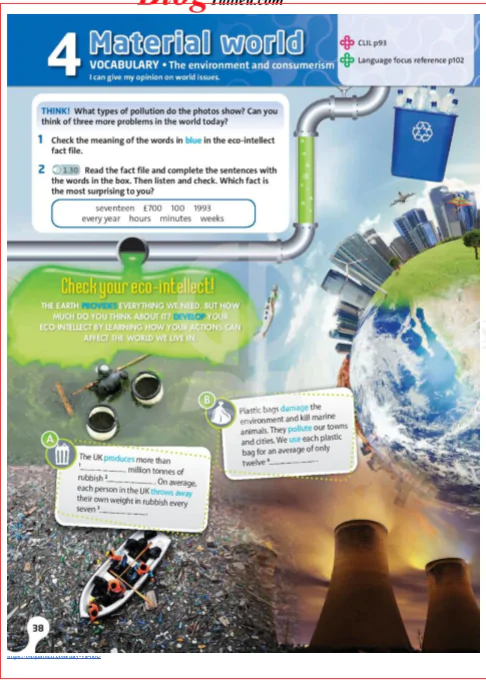
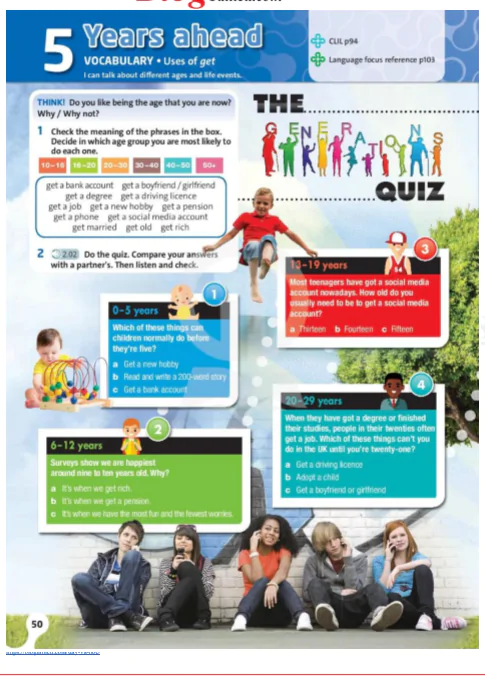
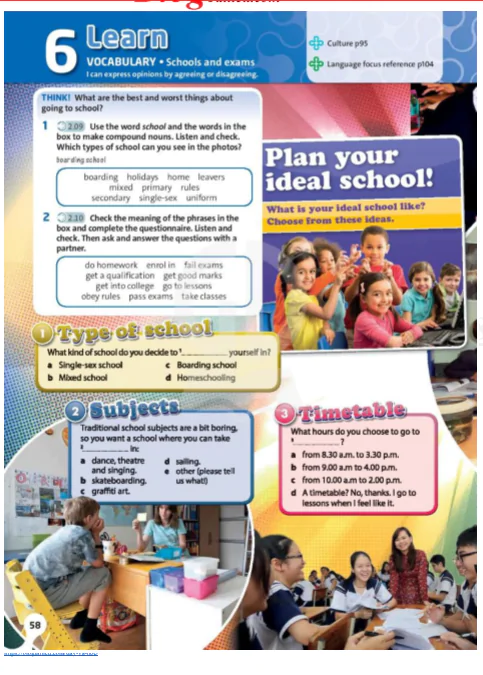
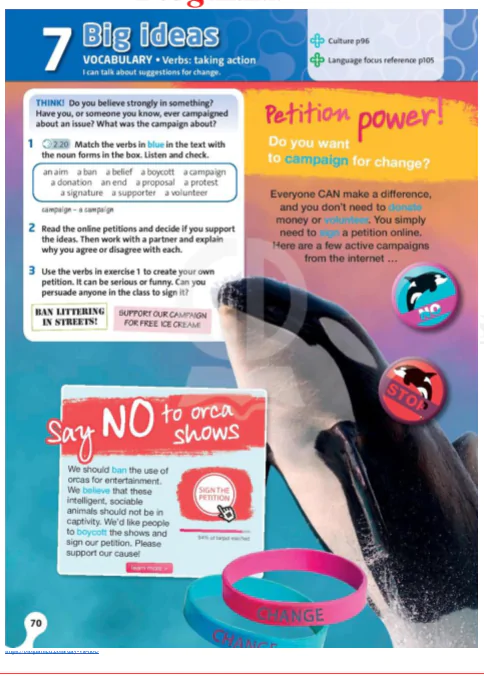

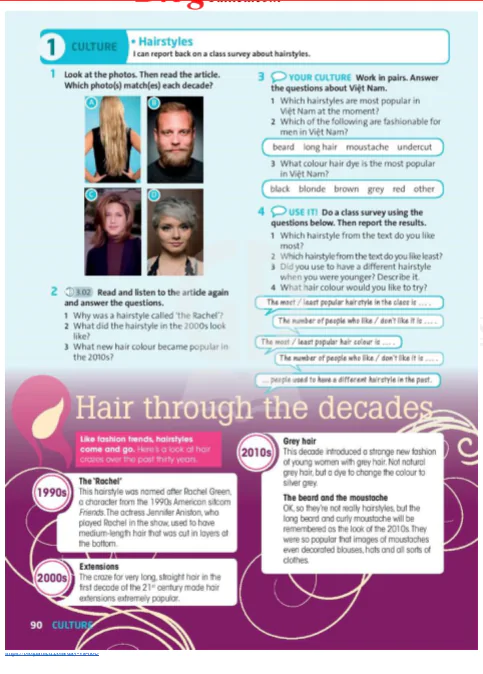
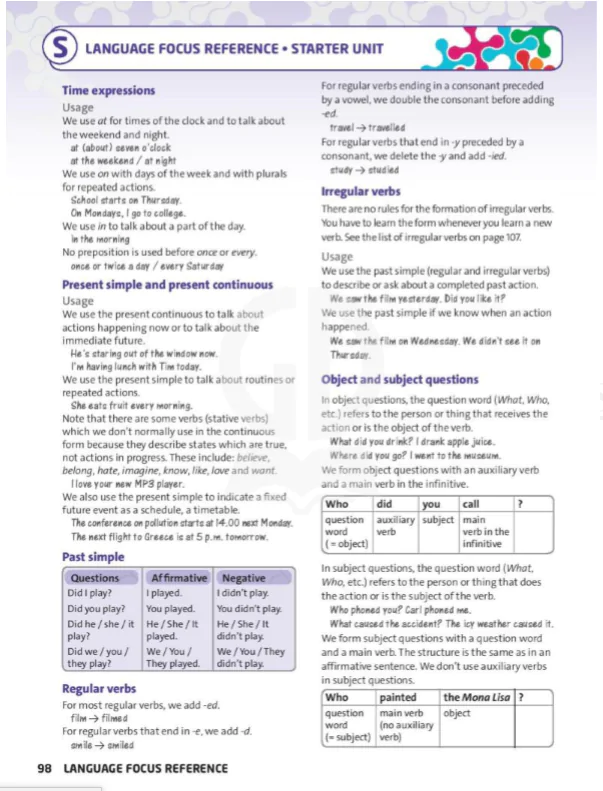



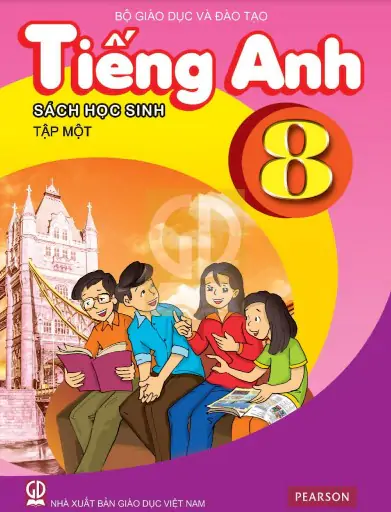

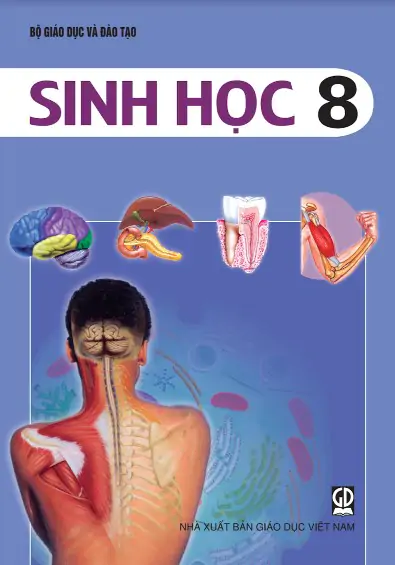
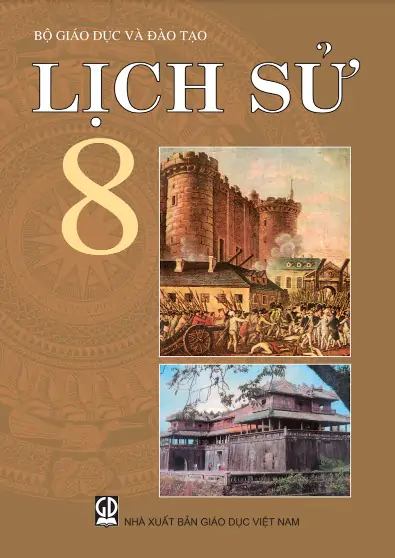

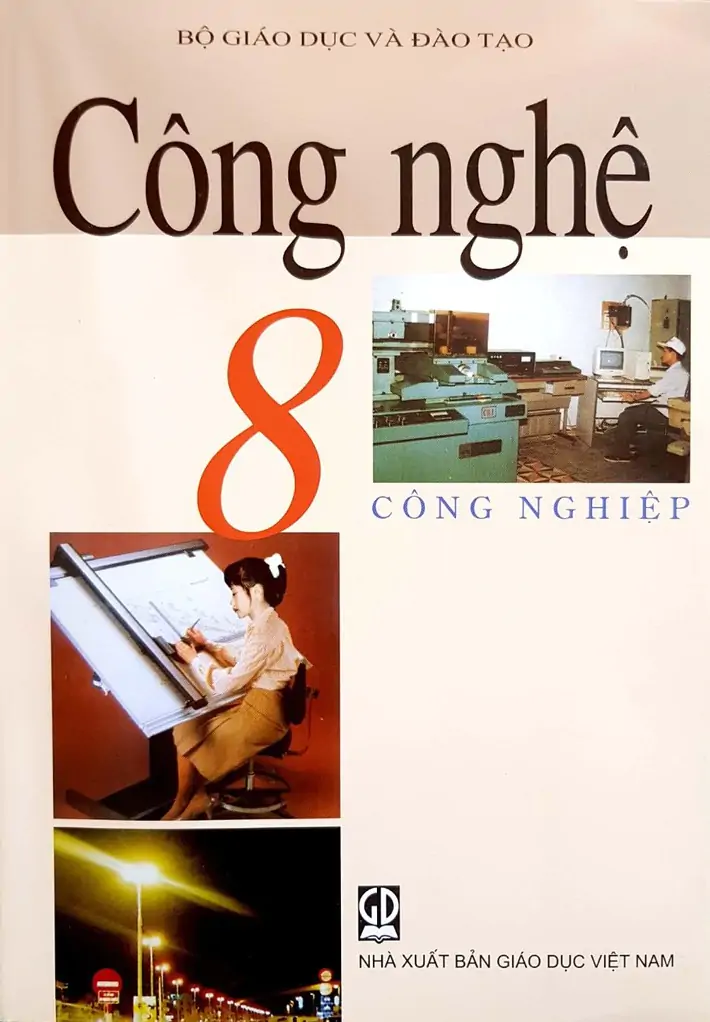
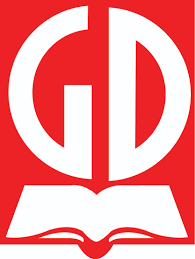
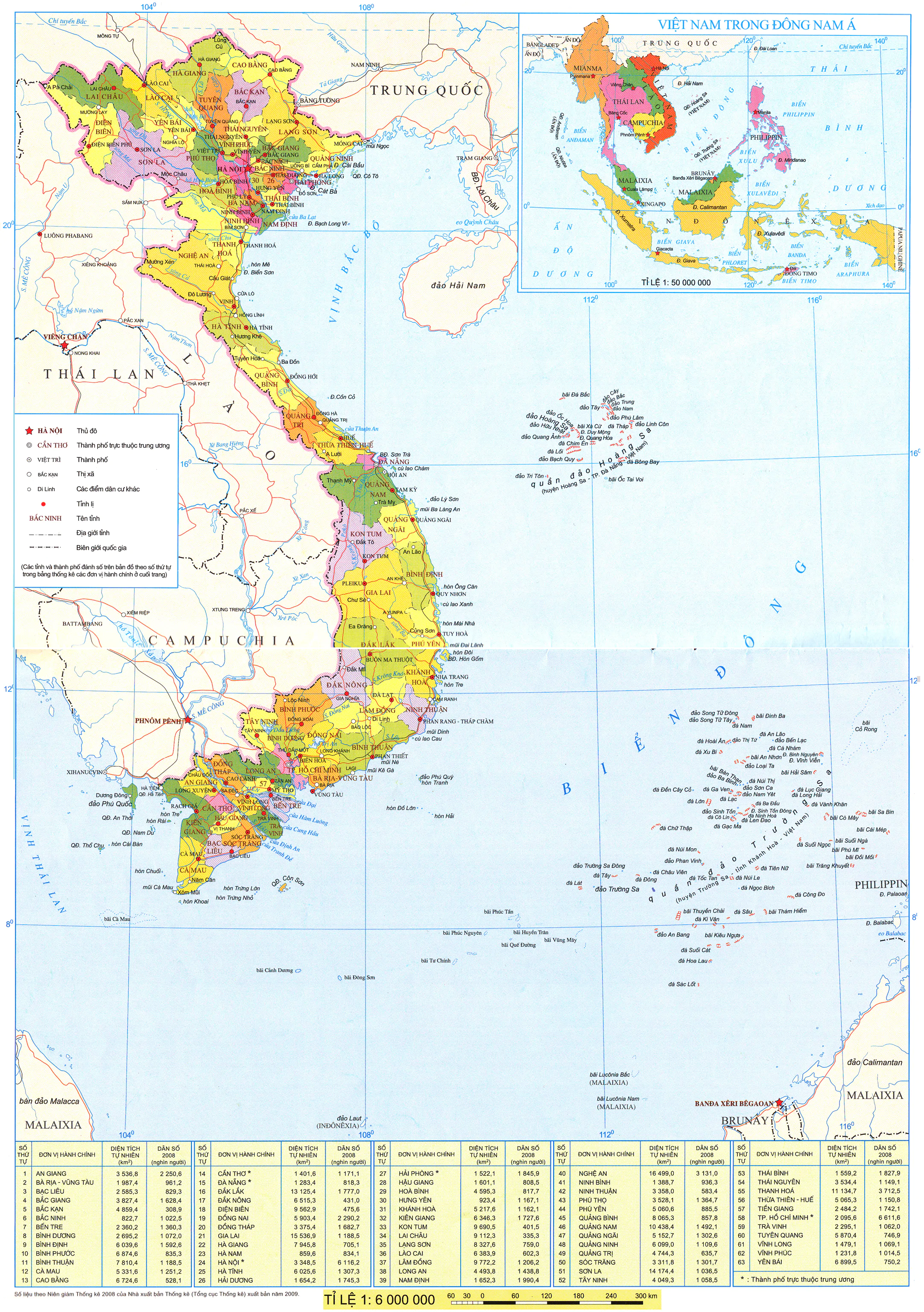
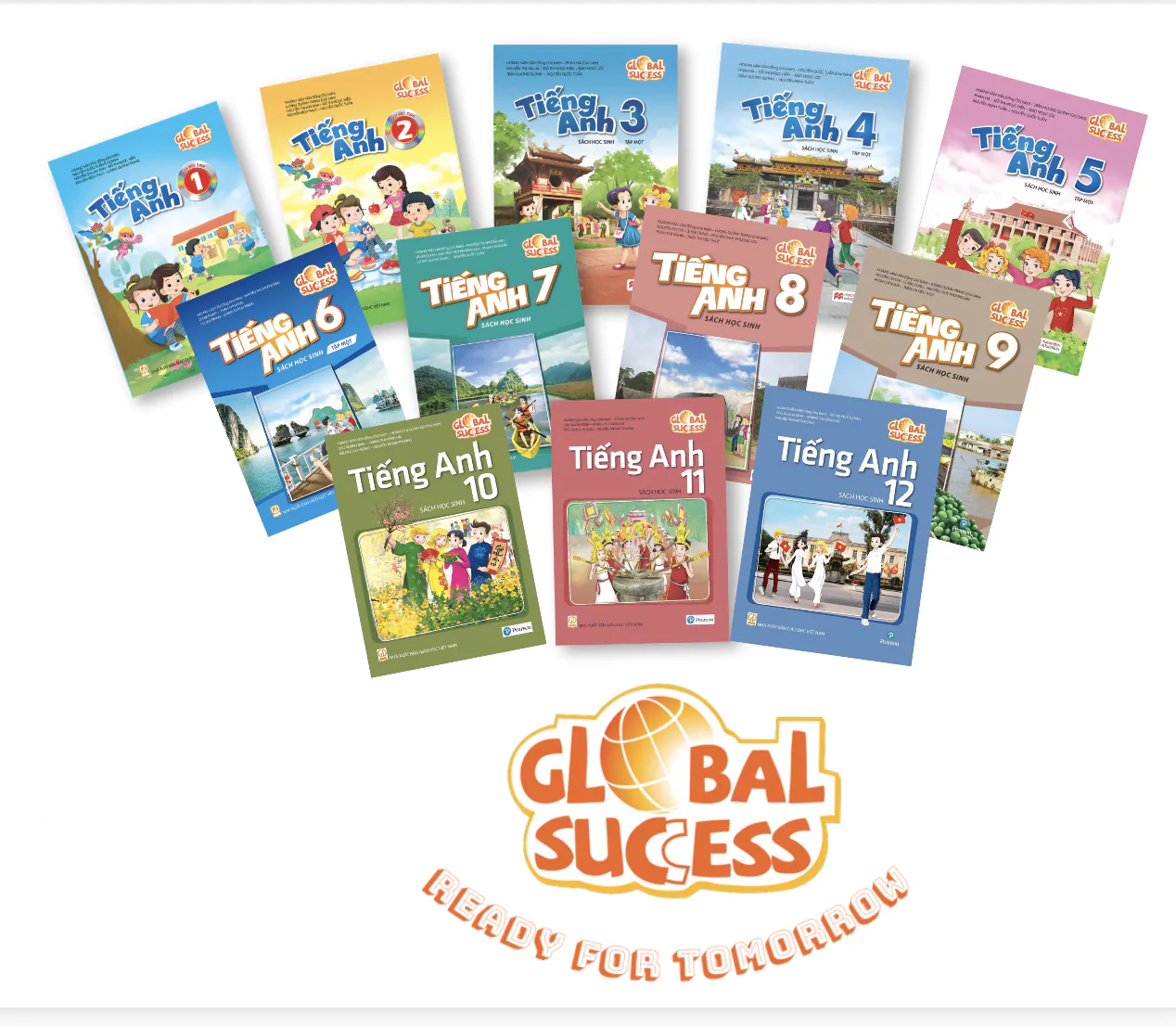
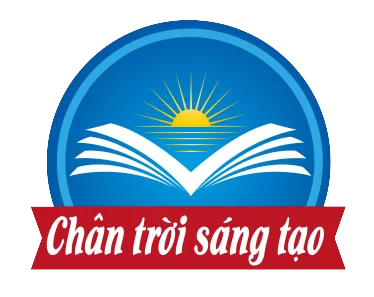
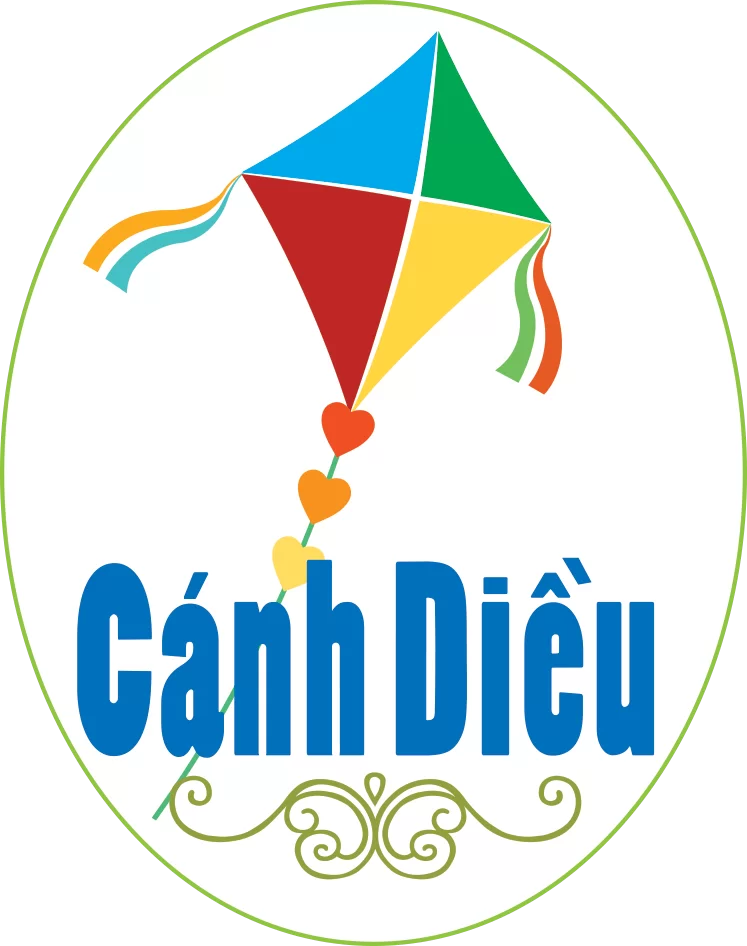













Bình Luận
Để Lại Bình Luận Của Bạn